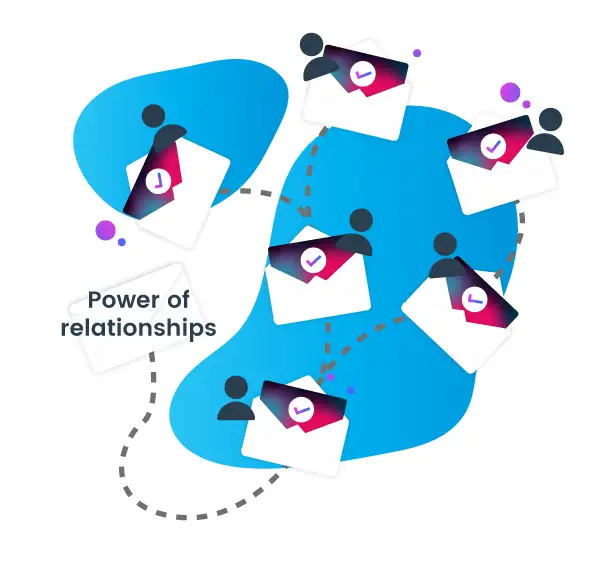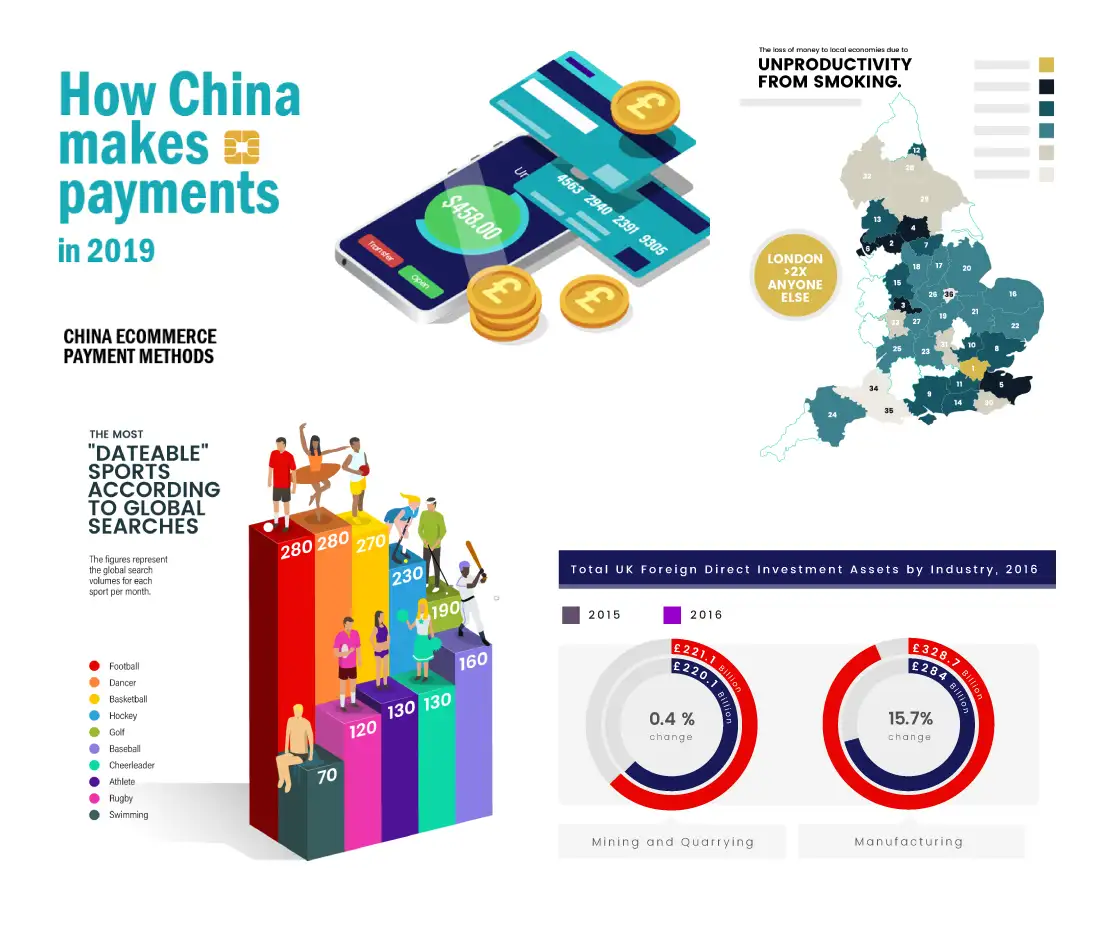function show_box(section) {
var sections = [“services”, “case_studies”, “insights”, “about_us”]
for (let s of sections) {
let boxOfLinks = document.getElementById(s + ‘-box’)
if (s == section) {
boxOfLinks.style.display = ‘flex’
} else {
boxOfLinks.style.display = ‘none’
}
}
}
function hide_box(section) {
let boxOfLinks = document.getElementById(section + ‘-box’)
boxOfLinks.style.display = ‘none’
}
function toggle_box_of_links(section){
let boxOfLinks = document.getElementById(section + ‘-box’)
let display = boxOfLinks.style.display
if(display == ‘flex’){
hide_box(section)
}else if(display == ‘none’){
show_box(section)
}
}


header .social-container{position:absolute;top:50%;left:70px;transform:translateY(-50%);display:flex;flex-direction:column;align-items:center}@media screen and (min-width: 1610px){header .social-container{display:none}}@media screen and (max-width: 1200px) and (min-width: 769px){header .social-container{display:none}}@media screen and (max-width: 768px){header .social-container{display:none}}header .social-container>a{padding:4px;display:inline-flex;justify-content:center;align-items:center}header .social-container>a:nth-child(n+4){margin-top:4px}
/*# sourceMappingURL=header-social-container.css.map */
6 Ways to Run a Successful PR Campaign
A world without the internet is incomprehensible. And when you consider that almost 4.4 billion people were classified ‘active users’ as of April this year-; a staggering 58% of the global population-; the fact we are adapting every little thing we do to become digital is not extraordinary – but rather a necessity.
As digital connectivity continues to evolve, so do the needs and requirements of businesses who rely heavily on their online presence to build a brand and reputation. This is what’s now known as Digital PR.
At its core, digital PR specialists like the team here at Reboot, generate organic backlinks to a business’s website from authoritative sites. We do this by working closely with journalists and content influencers to demonstrate expertise in a field via thorough research-led campaigns.
And the beauty of digital PR is that it doesn’t necessarily require bucket loads of money as it’s all about possessing the perfect concoction of ingredients to develop a truly successful PR campaign.
So, to get you going in the right direction, I have put together 6 key ways to run a successful PR campaign.
One size fits all

If you’re a SEO company, and typically work with multiple industries, the phrase ‘one size fits all’ certainly isn’t applicable in the world of digital PR. Your approach to each client should be unique, thought through, and eclectic.
Think about the content goals, and industry niche your client would like to see backlinks coming in from. Not only will your content vary, but your tone, structure and outreach process will depend on the very nature of your idea.
For one client, a quiz or game may be the best possible approach to attracting organic links. Whereas, other clients may require a far more serious slant, which details facts and figures.
Power of relationships
When producing an online PR campaign, your outreach process needs to be proficient and effective – not only to reach your targeted audience, but to maintain and nurture new and old relationships; therefore, extending your reach to demographics without needing to try too hard.
Things to consider when outreaching a PR campaign:

- Sending automated and generic emails is a no-go. Rather, demonstrate your expertise by personalising an email, or reaching out through creative means on social media. Offering unique content will in the long-term benefit your outreach process which is vital for a good PR.
- Put yourself in the shoes of the receiver (the journalist) and their reader. Although our job title isn’t ‘journalist’, as digital marketers, we have learnt the tricks of the trade rather well. Therefore, any idea you push should be directed towards an outlet, sector and or journalist you have a clear connection with or potential to establish one with.
- Offer exclusives. Once you form these bonds, you have the means to pass on relevant and exclusive content, which they will publish online and share across their social media channels; further elevating your clients’ brand exposure.
Latch onto trending topics or news

No matter the news of the day, the media is arguably saturated with articles, guides, blog posts, picture stories and more. And although this can sometimes deter you from creating content, in digital PR terms, it is the production of “new” content that teaches you how to be successful in pr.
Newsjacking as it’s termed, is a simple way to leverage breaking news content or trending topics on social media, such as national awareness days or events and use it to your advantage. We recently did this during Pride month. Reboot noticed a spike in the number of companies using Pride symbols and colours in their marketing campaigns and decided to see how many of them were actually giving back to the LGBT+ community (a mere 64% as it turns out). This got picked up by quite a few outlets, including a post on our research on B2Bmarketing.net
What you don’t want to do is produce a campaign with the same ‘hook’ as every other article out there. Your job is to spin it on its head and find an angle journalists will not have thought of, and find engaging, and or wouldn’t have the time to do the research for themselves. Above all, the media want to see initiative.
Strong visuals
Adding a visual aid for your data can elevate your pr from ‘good’ to ‘outstanding’. Don’t get me wrong, as a digital PR manager, I sometimes tell the team that visual graphics aren’t necessary, but nine times out of 10, a great stand-alone graphic which details the content and statistics in an easily digestible manner, means you have cracked the nut on getting featured.

Not to mention, if a journalist sees the visual first, before analysing the content and likes it, your goal has been met. Sometimes, it takes only a few seconds for a journalist to make up their mind, and an infographic can be the difference between getting published and not getting published.
A well-crafted pitch
Imagine sitting down to your desk after a two-week holiday and finding out you easily have hundreds of emails and the panic sets in. Well this is the daily life of journalists. Editors and writers alike are extremely busy and only pick the very best content, so your email needs to be the one they pay attention to.
Your pitch is your CV – without a stand-out headline, a brief introduction, main points, statistics and references to previous articles published, you will struggle to shine.
Having worked as a digital PR manager for a few years now at Reboot, I have learnt the art of a good email.
- The perfect subject line is your bread and butter, and without an initial hook, your pitch will be buried beneath the other unsuccessful PRs.
- Personalised email – and not ‘Hi, I saw your recent article about (xxx), and I thought you may be interested in my press release’. Rather, take a moment to identify your reader, and their audience. A personalised email will showcase that you have clearly acknowledged who they write for, their tone, their audience and their interest when receiving pitches.
- State the facts and figures and leave out the waffle – journalists need to see a ‘headline’ almost immediately, so if your campaign is saturated with unnecessary amounts of content, that would form an article and not a PR, journalists will be switched off.
Optimising the campaign as it progresses
The moment you hit ‘send’, you will be eagerly anticipating a wave of links coming your way. The hard work may be done, but in truth the hardest part is maintaining a solid foundation for outreach, and ensuring you do everything you can to push a campaign as hard as possible.
You will start to ask yourself questions: ‘Was your subject line receptive – did it have high or low open rate?’, ‘Did you do manual outreach using traditional search tools?’, ‘Did you outreach to the right sectors?’. And you may even ask yourself if there’s another demographic to consider sending the campaign to. Or perhaps the timing wasn’t right – did you miss a crucial event date? Or maybe something is coming up.
Time could be a hindrance, but equally could work to your advantage. So, if you can see your campaign isn’t doing well, take time out to effectively measure your digital PR campaign. No matter what you can control, it’s always important to evaluate the success of a campaign and learn how to bounce back and resurrect a potentially ‘dead’ campaign.
Leave a Reply